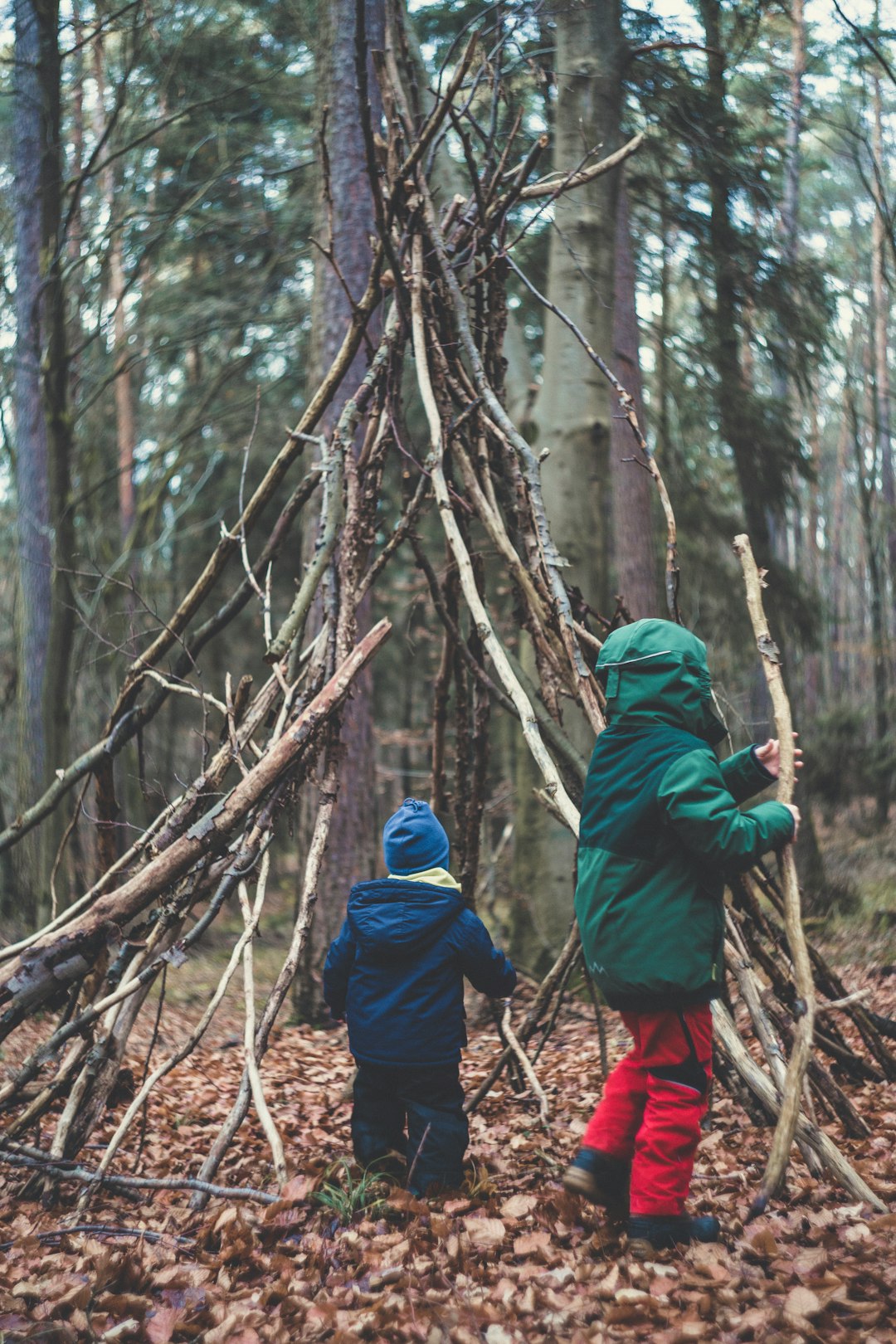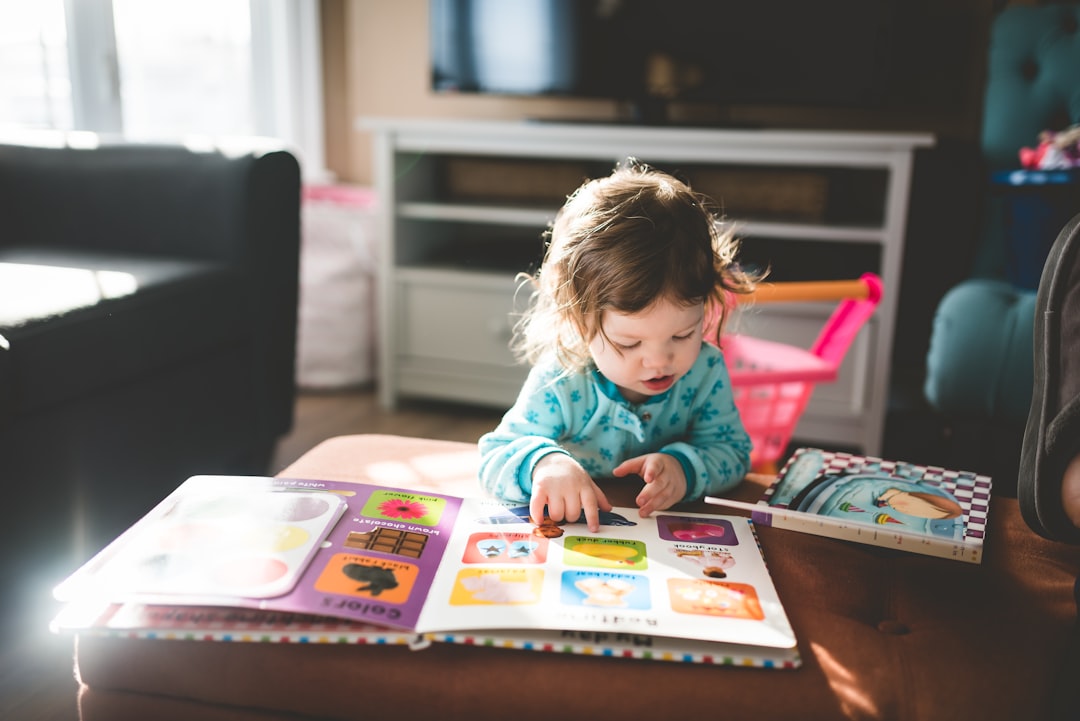What if your child isn't "learning disabled"?
Considerations for learning outside of the typical classroom setting
I majored in psychology in college. Several years later I received a master’s degree in education specializing in learning disabilities. I was preparing for a career in the public domain and looked forward to working with children who struggled in school.
(You can read more of what inspired me to go into education here.)
Through my courses and studies, I learned multiple strategies for teaching academic skills in the classroom setting.
I learned how to write reports, take observational notes, and collect data on a child’s academic performance and behavior.
I learned how to intervene when a child’s behavior became disruptive.
I learned what words to use and which ones to avoid.
I learned how to collaborate with “regular” education teachers and how to discuss with parents their child’s strengths and weaknesses and what we were doing to help.
What we did not talk about was the school environment. No one questioned or discussed the idea that some kids may struggle because of the way school is set up. No one talked about the fact that school teaches to a certain type of learner and everyone else needs to fall in line.
As Cindy Gaddis says, schools are a “no fault” space, as in, schools can’t be wrong. If a child isn’t succeeding, it’s the kid that needs fixing, not the school.
You see, schools are structured a certain way and the powers that be make no apologies for it. If a child isn’t succeeding according to the standards put in place, then accommodations and modifications are offered, but only after they are diagnosed with a disability. Children need to be tested, forms must be filled out, and data must be collected. All of this takes a lot to time and resources. I’m not saying children aren’t worth it, but what if some of these kids simply need a different scope and sequence than the school offers or a completely different environment?
What if they need more time to play?
What if these kids require more room to roam and tinker and sit in quiet contemplation?
What if some need to collaborate with peers of varying ages and bounce ideas around out loud and to move their bodies regularly?
What if all the meetings and testing and red tape were replaced with time in nature, hands on learning, smaller class sizes, and a variety of activities that students could choose from that aligned with their unique interests?

What if these children are not disabled but misunderstood?
In her book, The Right Side of Normal: Understanding and Honoring the Natural Learning Path for Right-Brained Children, Cindy suggests that many of the problems children face in the school setting could be alleviated if we expanded our understanding of what we consider normal development. Instead of bending kids to fit the system, maybe those in the system need to recognize that there is such a thing as innate brain dominance and adjust accordingly.
What is Brain Dominance?
First of all, our entire brain is used in processing information and analyzing the world around us. So to say someone is left-brain dominant, for instance, does not mean he only uses the left side of his brain. It shows a preference. As Cindy explains it:
“Being left- or right-brained dominant doesn’t mean we only use half of our brain. Billions of bits of information per second can travel along the nerves that connect the two hemispheres. I’m simply talking about the brain processing preferences that each of us is biologically born to favor. With those preferences come the traits that stem from the specialization found in the left or right side of the brain.”
She goes on to say:
“The traits that stem from the specialization found in the left and right sides of the brain impact everything we do. They impact education: how we learn, what we learn, when we learn, and even why we learn. They impact our work: which career we choose, how we work best, and why we work. They impact our relationships: how we interact, how we view others, and how we communicate.”

To see children through this lens—each one is born favoring a particular side of the brain—opens up a world of possibilities, does it not?
If we can move away from the individual deficit model that schools tend to follow, we can see that there is a wider range of normal development. Just because public school has landed on a set of standards tied to particular grades (ages) does not mean it is 100% in alignment with every student and it certainly does not mean every student who struggles needs to be labeled disabled.
What an odd system we’ve created that requires children to be labeled in order to get the individualized education they need to thrive.
The Right Side of Normal
I think we can all agree that there are differences in children. Look within the same family and you can see that no two children are alike. One may be boisterous and busy while another may be quiet and calm. The same can be said for preferences in interests. One may love sports and another may prefer playing an instrument. Why then do we think all kids will learn the same in school?
As Cindy found through her research and observation there are core traits/characteristics for right-brained dominant learners as there are for left-brained dominant, and all of these traits are on the spectrum of normal. Yet, our schools lean towards the left-brained way of processing information.
“Schools teach in a left-brained fashion. They use such formats as sequential scope and sequence resources, short-term memorization, part-to-whole ‘show me’ steps, and verbally based written work. The problem is right-brained people learn best with global interest-based resources, long-term association, whole-to-part conceptual formats, and visual pictorial mental work.”
Cindy goes onto say:
“Education should help an individual discover her passion and purpose in life. Instead, right-brained, creative learners have been misunderstood, overlabeled, unappreciated, and undervalued. This is the result of making these children fit into an environment that is geared towards their weak areas. There’s a place for each learner in our society, but we can no longer undermine these creative children with outdated schooling practices.”
Agreed.
Are you new to homeschooling/unschooling, unschooling curious, or looking for a way to explain unschooling and self-directed education to a family member, spouse, or friend? Grab a copy of Life Unschooled: A Guide to Living and Learning Without School. This lovingly written 43-page downloadable e-book provides insights and assurances that children can and do learn without going to school. You can grab your copy here or share this link with a friend!



